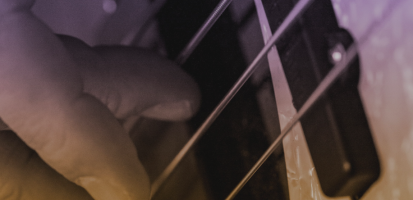| Background information | |
|---|---|
| Birth name | Clifford Williams |
| Born | 14 December 1949 Romford, Essex, England |
| Origin | Hoylake, Merseyside, England, UK |
| Genres | Hard rock, heavy metal, blues rock, rock and roll, progressive rock |
| Occupation(s) | Musician |
| Instruments |
|
| Years active | 1966–2016 |
| Labels | Columbia |
| Associated acts | Sugar, Home, Al Stewart Band, Stars, Bandit, Alexis Korner, AC/DC |
| Website | www.acdc.com |
| Notable instruments | |
| Music Man StingRay Fender Jazz Bass Fender Precision Bass Steinberger Spirit XT-2 Bass Guitar Gibson EB-3 Gibson Thunderbird |
|
Clifford “Cliff” Williams (born 14 December 1949) is a British musician who was a member of the Australian hard rock band AC/DC as their bassist and backing vocalist from 1977 to 2016. He had started his professional music career in 1967 and was previously in the British groups Home and Bandit. His first studio album with AC/DC was Powerage in 1978. The band, including Williams, was inducted into the American Rock and Roll Hall of Fame in 2003. Williams’s playing style is noted for basic bass lines which follow the rhythm guitar. Williams’ side projects, while a member of AC/DC, include benefit concerts and playing with Emir & Frozen Camels on their album San (2002) and a European tour. In 2016, Williams announced his retirement from the music industry after AC/DC’s Rock or Bust World Tour.
Williams’s role in AC/DC was to provide steady but basic bass lines which followed the rhythm guitar of Malcolm Young, consisting mostly of eighth notes. His basslines were sometimes written by Malcolm and Angus Young during composition, and at other times Williams developed them based on the other instrumental tracks. Williams said he plays “the same thing in every song, for the most part. In AC/DC’s music, the song is more important than any individual’s bit in it.” He added that “complex [bass] lines wouldn’t add anything to a guitar-oriented band like ours, so I try to create a bottom layer that drives what our guys are doing on top. Williams had no difficulty keeping his low profile within the band, declaring that “I don’t have any problem doing this, because I enjoy playing simply. I never feel angry or prisoner.” His playing technique was mostly centred around downpicking, with occasional use of plucking to mute the strings, which he says “adds more definition and tightens up the notes, and it gives the sound less sustain”.
In his first appearance in 1977, he used a Gibson Ripper only for the “Let There Be Rock” music video. Cliff Williams’ trademark instrument is the StingRay and other basses by Music Man, strung with D’Addario (.045, .065, .085, .105) flatwounds in the studio and roundwound XLs in concert. Williams states that despite trying other basses over the years, he always went back to Music Man’s instruments, which he described as “a tremendous work horse of a bass”. Other basses used include the Fender Precision Bass, a Gibson Thunderbird non-reverse, Fender Jazz Bass, the Steinberger L-series, a Gibson EB-3 and at least two LAG Custom basses. Williams used 3 Ampeg SVT-810E cabinets with 2 SVT-4PRO Heads, but if there was any interference with the wireless systems, he used cables in his live performances.












